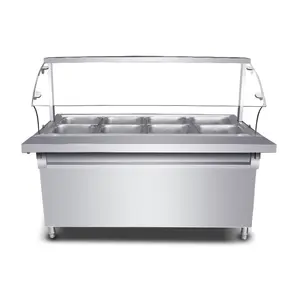
Restoran gıda ısıtıcısı hizmet paslanmaz çelik gümüş elektrikli büfe gıda ısıtıcısı s


110/220V gerilim ekstra büyük boy katlanabilir silikon gıda isıtıcı isınma tepsi ayarlanabilir sıcaklık çanak isınma plakası


Taşıyıcı Ultra Pan taşıyıcı plastik gıda ısıtıcısı termal sıcak kutu yalıtımlı yemek tavası


Esnek silikon gıda ısıtma kurulu Roll Up kolay depolama taşınabilir kaplama küçük elektrikli gıda ısıtıcısı

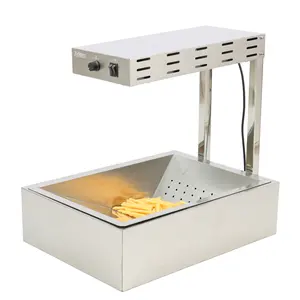
Sıcak satış churro ekran isıtıcı patates kızartması isıtıcı CE onaylı yüksek kalite ile ticari patates kızartması isıtıcı


Fabrika doğrudan fiyat ticari elektrikli gıda ekran isıtıcı çin Bao Bun vapur Bun vapur makinesi
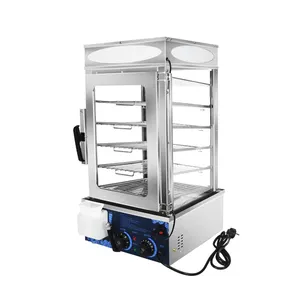
Elektrikli ticari paslanmaz çelik gıda ısıtıcısı ekran buharda gösteren gıda mutfak makinesi Bao Dimsum Bun vapur ile cam

Restoran elektrikli 6 kat kahvaltı topuz gıda ekran isıtıcı ticari Bao topuz vapur makinesi

Fabrika doğrudan fiyat ticari elektrikli gıda ekran isıtıcı çin Bao Bun vapur topuz vapur makinesi

Sıcak satış en ağır kaliteli otel restoran tasarım paslanmaz çelik büfe servis reşo çanak chafer yemekleri gıda ısıtıcısı bao
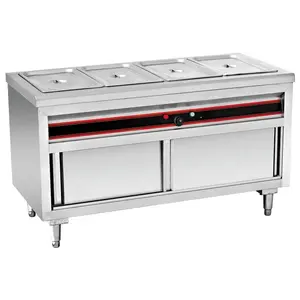
Endüstriyel mutfak ekipmanları gıda ısıtıcısı arabası tekerlekli
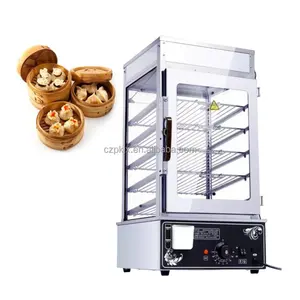
Ticari buğulanmış topuz vapur makinesi buharda Bao vapur makinesi mısır ısıtıcı makinesi

Ticari paslanmaz çelik dijital sürümü elektrikli gıda ısıtıcısı mutfak makinesi Bao Dimsum Bun vapur cam

3 tavalar ticari Catering paslanmaz çelik sayacı üst cam gıda ısıtıcısı Bain Marie
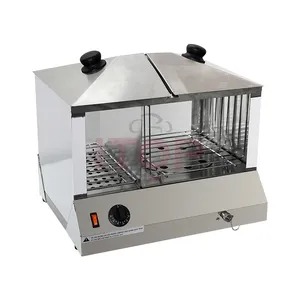
Paslanmaz çelik gıda ısıtıcısı ekran gösteren pişirme mutfak makinesi Bao Dimsum 60 Bun vapur cam

Yüksek kaliteli elektrikli buharlı pişirme tenceresi 5 kat ticari dondurulmuş topuz bao ısınma vitrin endüstriyel topuz benmari

Elektrikli ticari paslanmaz çelik gıda ısıtıcısı ekran gösteren pişirme mutfak makinesi Bao Dimsum Bun vapur ile cam
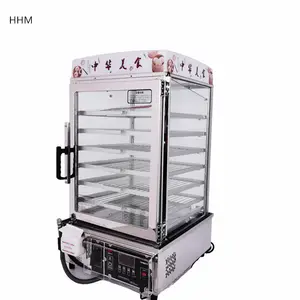
Dijital kontrol ticari büyük buhar bao bun isıtıcı

Elektrikli benmari gıda ısıtıcısı Sayacı Sıcak Büfe Gıda Ekran

Elektrikli ticari paslanmaz çelik gıda ısıtıcısı ekran gösteren pişirme mutfak makinesi Bao Dimsum Bun vapur ile cam

Sıcak satış ticari paslanmaz çelik Bun vapur elektrikli buharlı pişirme tenceresi restoran için buharda Bao vapur

Restoran tezgah ticari elektrikli 5 katmanlı topuz gıda ısıtıcısı vitrin Bun vapur

Çin'de yapılan 5 katmanlar cam elektrikli hot dog bao bun isıtıcı vapur makinesi

BAO SHENG 5 katmanlı cam ekran ticari buharlı pişirme tenceresi ekmek paslanmaz çelik vapur Bun elektrikli buharlayıcı

Yüksek verimli büfe yemek ısıtıcısı Arabası Mobil Bain Marie gıda ısıtıcısı Sayacı Sıcak Büfe
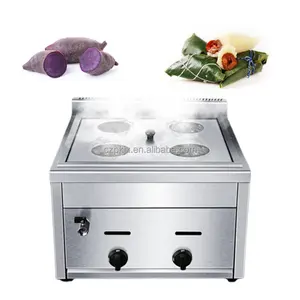
Ticari paslanmaz çelik elektrikli masaüstü Dim Sum vapur makinesi Xiao uzun Bao buharda makinesi buğulanmış topuz ocak makinesi

BAO SHENG 5 katmanlı cam ekran ticari buharlı pişirme tenceresi ekmek paslanmaz çelik vapur Bun elektrikli buharlayıcı
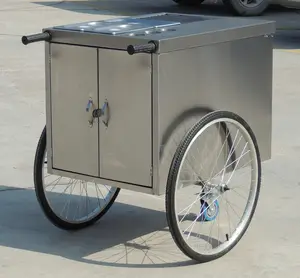
Paslanmaz çelik kılavuzu hızlı gıda sepeti, basit tasarım barbekü grill ve gıda isıtıcı

Baozi vapur makinesi topuz Dim Sum gıda ısıtıcısı kahvaltı hamur Xiao uzun Bao gıda ısıtıcısı s ticari gıda ısıtıcı konteyner
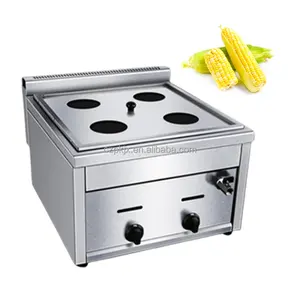
Ticari kullanım buharlı pişirme tenceresi/buharda bao vapur makinesi/momo vapur makinesi

Kahvaltı hamur Xiao uzun Bao ısıtıcıları ticari konteyner Baozi vapur makinesi Bun Dim Sum gıda ısıtıcısı

Elektrikli ticari paslanmaz çelik gıda ısıtıcısı ekran gösteren pişirme mutfak makinesi Bao Dimsum Bun vapur ile cam

Ticari Elektrikli Çorba hamur Baos Buğulanmış Doldurulmuş Topuz Samosa Fırın Dört Delikli Küçük Vapur

JUYOU kaliteli ticari 5 katmanlar ekmek buharlı pişirme tenceresi ısıtıcı makinesi elektrikli Bun hamur ısıtma vapur

Elektrikli ticari paslanmaz çelik gıda ısıtıcısı ekran gösteren pişirme mutfak makinesi Bao Dimsum Bun vapur

Elektrikli gıda bun steamer ekran lüks çin bao topuz elektrikli vitrin ark cam

Ticari gıda deniz ürünleri pirinç şehriye rulo hotdog elektrikli ekmek bao topuz TATLI MISIR siomai endüstriyel siopao buharlı pişirme tenceresi makinesi

Doğrudan satış üreticileri elektrik, gıda vapurları ev çok katmanlı üretim akıllı moda ocak İşlevli Vege/

Andong bao topuz elektrikli ekran vapur sebze haşlayıcı elektrikli buharlayıcı pot

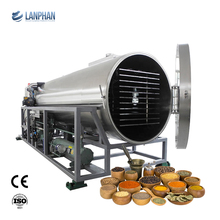
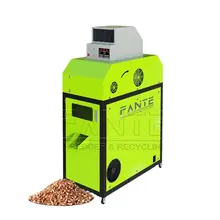
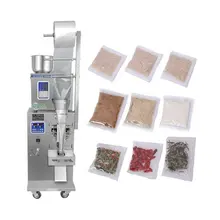


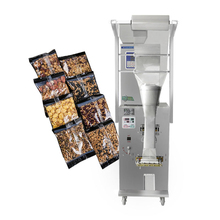

























 浙公网安备 33010002000092号
浙公网安备 33010002000092号 浙B2-20120091-4
浙B2-20120091-4